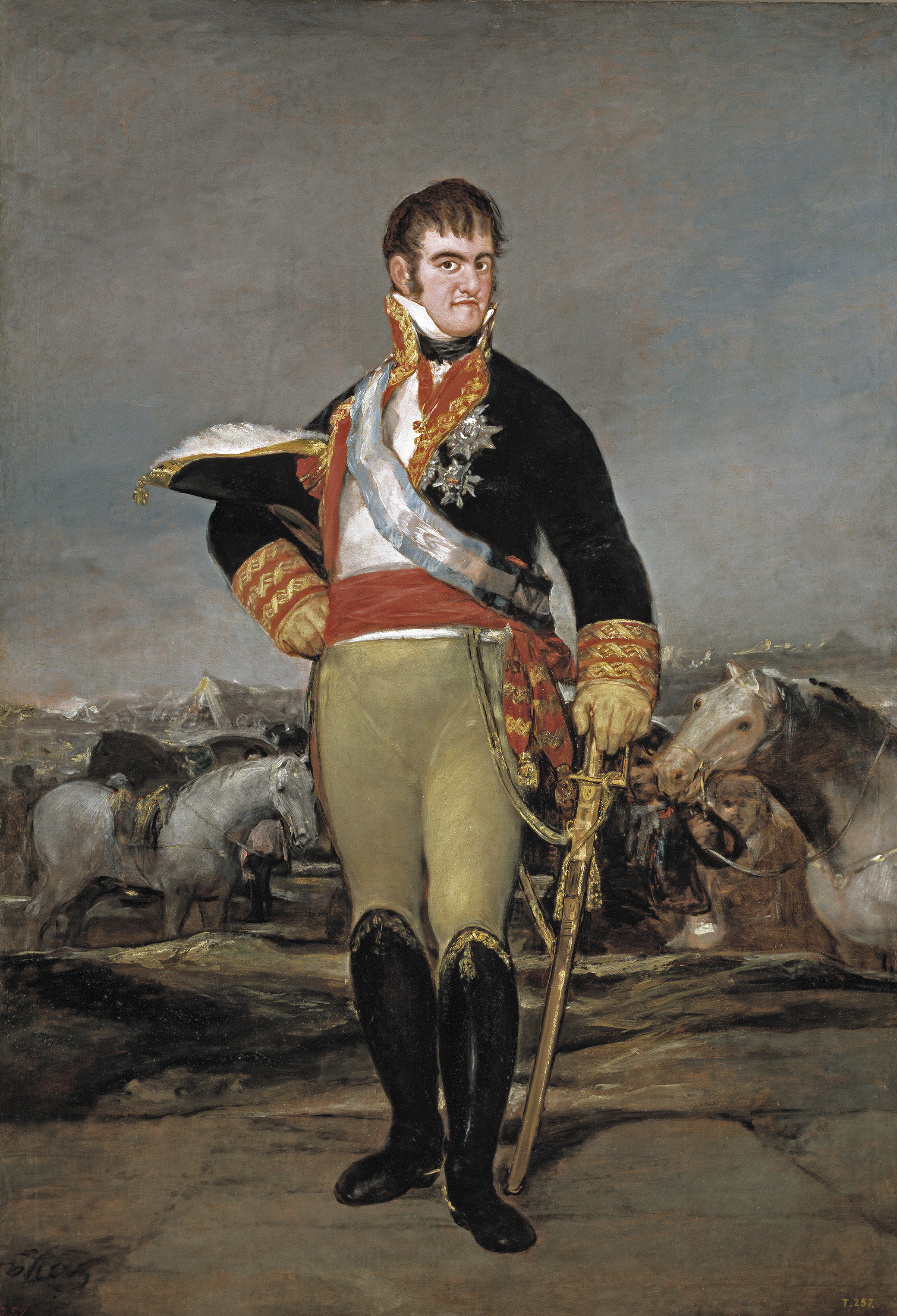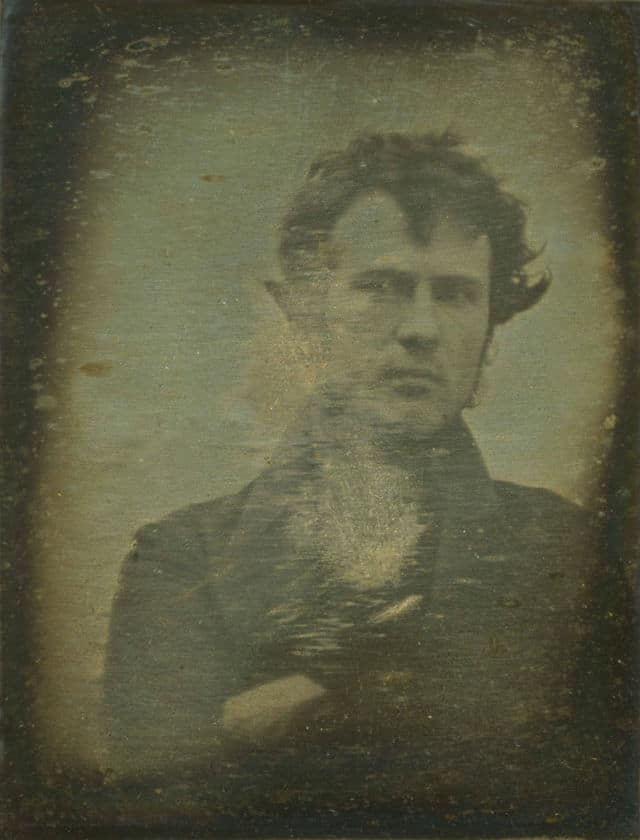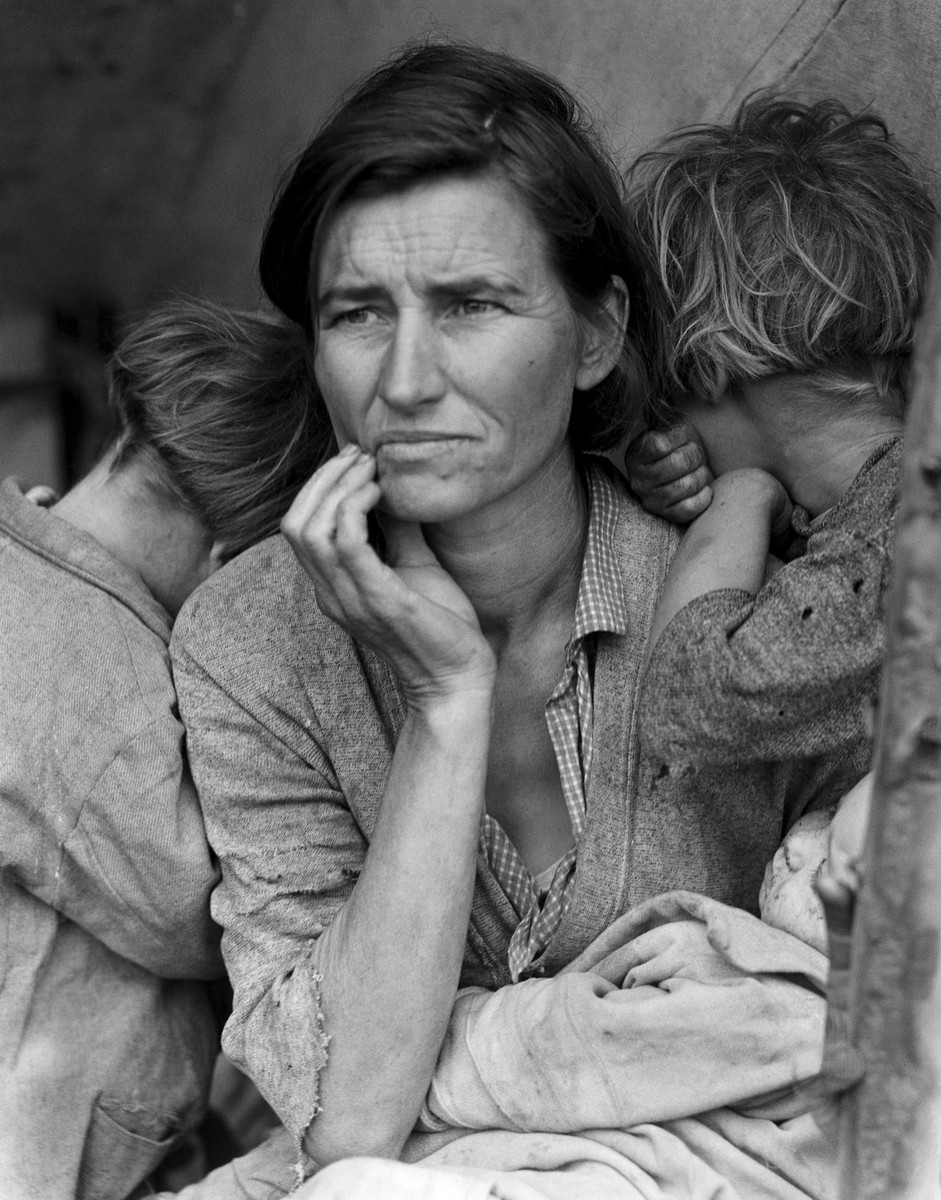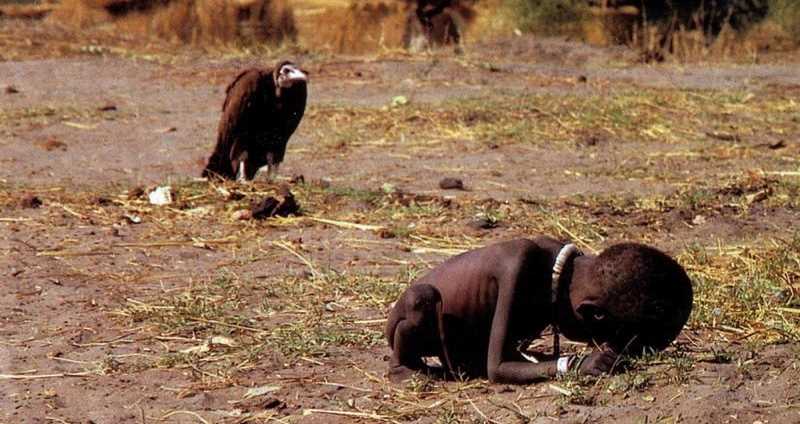>>Find resources here<<
M:\Departments\Photography\Students\Resources\Portraiture\TO DO
Historical Purpose of Portraits
A portrait is a representation of a particular person. A self-portrait is a portrait of the artist by the artist
Portraiture is a very old art form going back at least to ancient Egypt, where it flourished from about 5,000 years ago.

Before the invention of photography, a painted, sculpted, or drawn portrait was the only way to record the appearance of someone.
But portraits have always been more than just a record. They have been used to show the power, importance, virtue, beauty, wealth, taste, learning or other qualities of the sitter.
Portraits have almost always been flattering, and painters who refused to flatter, such as William Hogarth, tended to find their work rejected. A notable exception was Francisco Goya in his apparently bluntly truthful portraits of the Spanish royal family.

Photography 1800’s onwards

We may be used to selfies now, but it’s Robert Cornelius’s 1839 image that lays claim to the first self-portrait. Taken in Philadelphia, Cornelius sat for a little over one minute before covering the lens.

Cameras for Everyone (1900-84)
Photography became more common when the Eastman Kodak Company introduced the Kodak No. 1 camera in 1888. Kodak made photography easier for everyone by doing the developing and sending the reloaded camera and developed prints back to the customer. These cameras made photography more accessible to the general public. Their 1900 Brownie Box camera was the first mass market camera. The turn of the century also embraced photography as an art form. The Smithsonian Institution began collecting and exhibiting photography in 1896, and many galleries began to follow suit, exhibiting different photographers and their works.
Stieglitz and the Photo-Secession
This time period also introduced Alfred Stieglitz, one of the first people to become famous for making photography an art form. In 1902, he and a group of friends founded the Photo-Secession movement. This movement sought to make photography less commercial and more of an art form.
Photojournalism and the picture story vs Documentary (long-form) photography
Photojournalism really started to take shape when photographers could easily transport cameras into war zones. The “Golden Age of Photojournalism” is often considered to be roughly the 1930s through the 1950s. It was made possible by the development of the compact commercial 35mm Leica camera in 1925, and the first flash bulbs between 1927 and 1930, which allowed the journalist true flexibility in taking pictures.
For the first time, ordinary citizens could see the impact of the fighting right there in their newspaper. It was a pivotal moment in photography and it became more and more real between the Civil War and World War II.
Yet photojournalism is not just about war or photographers working the beat for a local newspaper. It’s much more than that. Photojournalism tells a story and it often does so in a single photograph. They evoke a feeling, whether its astonishment, empathy, sadness, or joy.
That is the mark of photojournalism; to capture that single moment in time and give viewers the sense that they’re part of it.
Documenting the PublicThe turn of the century continued to use portrait photography for documentary uses. In 1906 Lewis Hine was hired to document the conditions that child labor workers had to deal with in different factories throughout the U.S. His photographs were used to help pass child labor reforms, like the Fair Labor Standards Act of 1938, which banned oppressive child labor.
 |
In 1914, the U.S. State Department began requiring photographs on all passports.
The stock market crash in 1929 led to the next round of documentary portraiture. In 1935, photographers were hired to document what was going on in the farmlands of America. The Resettlement Administration, which later became the Farm Security Administration, wanted to see through photographs how the farmers were living. The New Deal offered several programs for artists and photographers, such as the Works Progress Administration. People hired for the WPA documented life throughout America. One famous WPA photographer was Dorothea Lange, who profiled the plight of farmers in America.

The Impact of War Photography



Put simply, photojournalism is about capturing verbs. This doesn’t mean simply taking an action photo. Communicating the verb is much more than that.
Although it is great when it happens, photojournalism isn’t about the best composition, or the best technical details, or a pretty subject.
Photojournalism is about showing the world a story of something that really happened.
“Bearing witness” is a phrase that comes to mind in regards to photojournalism.
Photojournalism allows the world to see through the eyes of the photographer for just a moment. When photojournalism is done right, that one moment conveys volumes of time.
Conveying the full story is part of environmental portraiture where the setting tells us as much about the subject as the subject themselves.
The emotion is often raw in photojournalism. The photographer is not directing the scene as a portrait or commercial photographer would. Instead, the best of them blend into the background and become a shadow figure (unlike the paparazzi). They are there to observe and capture, not become the story or interrupt it.
The photojournalist has a different attitude than other photographers and it’s necessary to capturing those memorable photos. And quite often, that single photo can become a call to action for the millions of people who see it.

Another vitally important part of photojournalism is accuracy. This means that what is in the frame is what happened.
Power lines should not be cloned out. More smoke must not be added to a fire scene. What was captured is how it should be. Sadly, the era of digital photography has made it easier than ever to manipulate reality.
The image should be a window into the event. At most, lighten the shadows a touch to see faces or sharpen the image a bit for clarity but do not change the essence of what you capture in the photo. If you do, you change the story.

https://petapixel.com/2013/08/08/exploring-the-art-of-portrait-photography-and-the-role-of-the-portrait-today/
Discuss
- Responsibilities
- Representation
- Code of conduct / ethics
- Standards
Make
- a poster
- include mind-map of types of portrait photography
- add images
Blog
- design and make an introductory blog post that includes the key features of what you have learned (above)
- include images
- add hyperlinks
- add / embed relevant YOUTUBE clips to help articulate your findings

